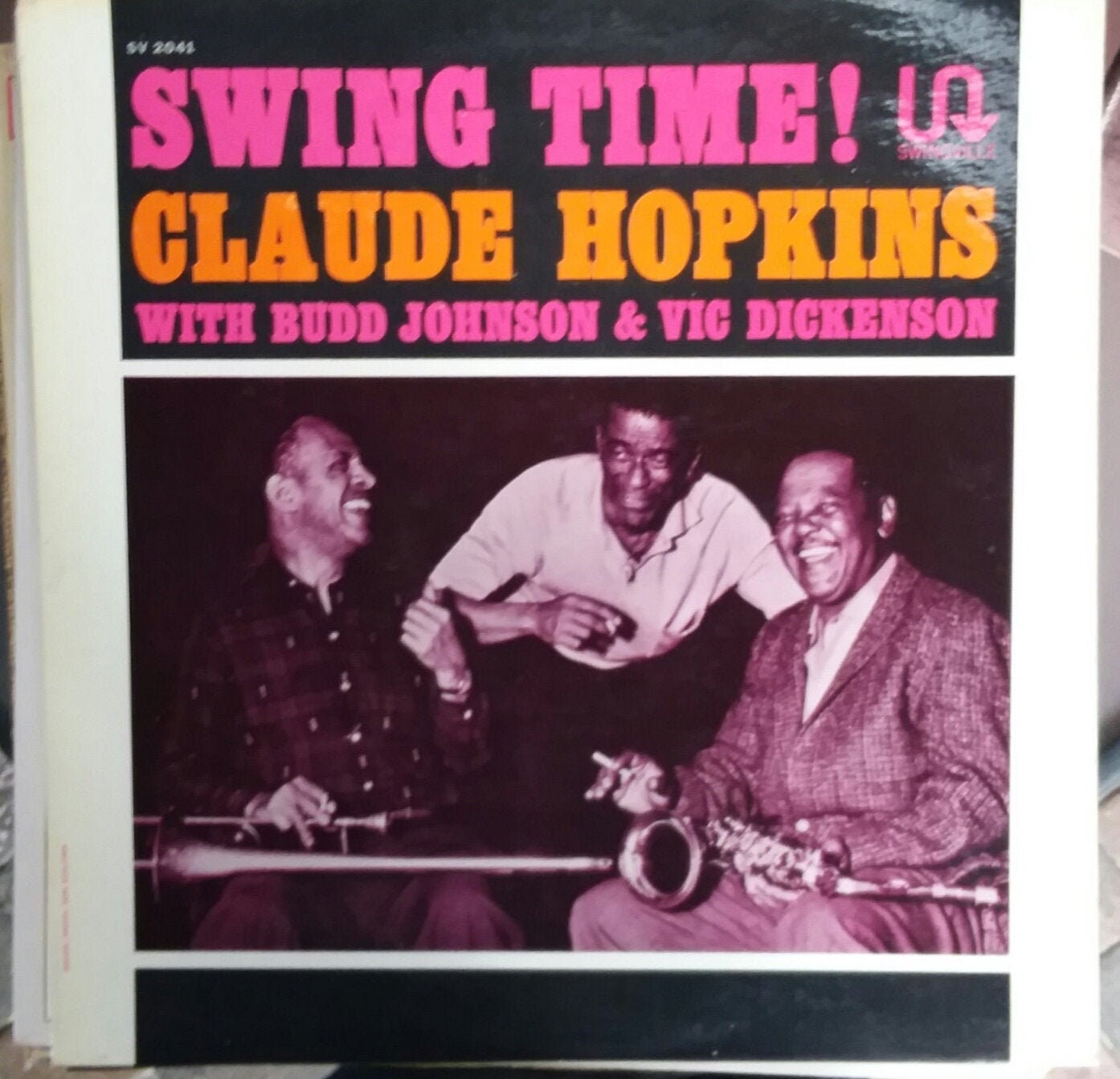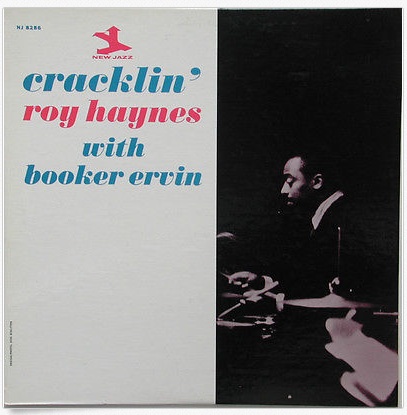LISTEN TO ONE: Water Blues Fall
Gildo Mahones would certainly vie for the dubious distinction of being the most overlooked of the great bebop pioneers, but he was there, and making his mark. In 1949, which was a little after the legendary jam sessions at Minton's Playhouse which birthed bebop, but at a time when Minton's sessions were still a vital creative force in the jazz world, Mahones became the pianist in the club's house trio, joining Percy Heath and Kenny Clarke.
It was heady company for a 20-year-old, providing the accompaniment for whoever got up on the stand, from the veteran lords of jazz like Charlie
Parker and Coleman Hawkins to rising stars like Eddie "Lockjaw" Davis. It was "fast company, and I was trying to get it together," Mahones recalled in a 2013 interview with Berkeleyside, a Bay Area alternative newspaper:
I was learning something new every day. They’d start calling songs I’d never heard of and I’d go home every night and woodshed.
That's how jazz masters are made, and Mahones absorbed the lesson well. That trio, in addition to providing the underpinning for the after hours jam sessions, also formed part of a sextet in their upstairs room with Milt Jackson, Sonny Rollins, and Jesse Drakes.
By the time, nearly a decade and a half later, that he became one of the Prestige regulars, he had compiled a resume that any musician would be proud of, even if he never got the name recognition to go with it. He had worked with Joe Morris's rhythm and blues ensemble. Drakes, who worked a lot with Lester Young, brought Mahones into Young's group. He recalled, in an interview for the liner notes to I'm Shooting High:
Working from 1953 to 1957 with Lester was like going to school every night. It was really wonderful. At that time the group consisted of Lester Young, Jesse Drakes, Connie Kay and John Ore.
Working with Les Jazz Modes (Julius Watkins and Charlie Rouse) followed. It was a new sounding group trying something quite different and was not publicly accepted at the time. Maybe it could stand a better chance at the present time. After a few years with the Modes, I did a short stretch with Benny Green. It was on this job that I met Ike Isaacs and it was through Ike that I met Lambert, Hendricks and Ross who I have been working with since that time.
Lester Young took some getting used to. In his Berkeleyside interview, Mahones recalled:
He’d start calling songs, but he had a different title for every song. I didn’t know what he was talking with. Connie Kay had to translate.
Mahones made his Prestige debut in December 1962 with Ted Curson, and also worked with Willis Jackson, Frank Wess, Jimmy Witherspoon and Pony Poindexter. He had made a brief debut as a leader back in February of 1963, a brief session with Larry Young, George Tucker and Jimmie Smith, all of whom had been booked for an Etta Jones date which featured a different piano player. Perhaps Mahones was in the studio that day for some other reason, and they wrapped up the Jones session early and decided to give him a shot. Who knows, at this late date? Anyway, they cut three tunes, one of which was never released. The other two ended up on the album which resulted from these next two sessions, both also short, one in August and the other in September. Two of the August songs were discarded, although one eventually made it onto a Kenny Burrell reissue on Original Classics.
The tunes are mostly standards, with two Mahones originals. "Standards" in 1963 still mostly meant the tunes that have come to be identified as the Great American Songbook, with some songs from more recent Broadway musicals thrown in. The new songwriters who were to shape popular music so significantly in the 1960s had mostly not come onto the radar of the jazz community, but Mahones includes a number by Gerry Goffin and Carole King ("Hey Girl"). His "Stormy Monday Blues" is not the familiar one written by T-Bone Walker, but a completely different song written by Earl Hines and Billy Eckstine, originally recorded by Hines in 1942, and later, in 1959, by Eckstine with Count Basie. The lyrics to Eckstine's version don't actually mention stormy Monday at all.
George Tucker and Jimmie Smith, Etta Jones's rhythm section who stayed on to work with Mahones and Larry Young for the February 4 session, are back with him for both the August and September sessions. Kenny Burrell and Leo Wright were there on August 15, but since two of their tunes were not included, and they were not included on "Hey Girl," which featured a vocal, they are really only on one track, "Tales of Brooklyn," making this essentially a trio album. "Hey Girl" is sung by newcomer Ozzie Beck, for whom I can find no other recording credits.
I'm Shooting High was to be Mahones' debut album, apparently on New Jazz, but this was around the time that Bob Weinstock folded New Jazz. The album was released in 1964 on Prestige's short-lived 16000 series, and this may have been a sort of afterthought, because by then a new album, The Great Gildo, was in the works, and when it was released as a double album, five songs from I'm Shooting High were also put on The Great Gildo. So whether much of anyone actually heard I'm Shooting High seems an open question.
"Hey Girl" was released as a 45 RPM single, along with "Bali Ha'i" from a later session.
Ozzie Cadena produced all the sessions.
'




:format(jpeg):mode_rgb():quality(90)/discogs-images/R-9691411-1484840247-2790.jpeg.jpg)


:format(jpeg):mode_rgb():quality(90)/discogs-images/R-3268010-1323128090.jpeg.jpg)



:format(jpeg):mode_rgb():quality(90)/discogs-images/R-3157686-1394829100-7811.jpeg.jpg)


:format(jpeg):mode_rgb():quality(40)/discogs-images/R-4474656-1365916304-2625.jpeg.jpg)

:format(jpeg):mode_rgb():quality(90)/discogs-images/R-12584103-1538129526-1651.jpeg.jpg)




:format(jpeg):mode_rgb():quality(40)/discogs-images/R-1826232-1483381543-4956.jpeg.jpg)





:format(jpeg):mode_rgb():quality(40)/discogs-images/R-4709851-1584120558-9437.jpeg.jpg)









